- Oct 24, 2023

The school year begins with the same teachers and students progressing at a steady pace to a new level.
We have a new Head of School! Dr. Angelina Arrington brings wisdom and laughter to planning meetings and community gatherings.
We also have a new crew of KinderKings. Each of these 5-year-olds is new to the school, giving us all a chance to see the world through young eyes.
And, of course, we have New Books!

Our BWS Library holds over 10,000 books that complement the school curriculum and stimulate the curiosity and imagination of our scholars. We regularly weed out outdated books and supplement the collection with new works by African-American authors and illustrators.
See our link to the BWSLibrary Wish List on Amazon.

We are a lending library so each scholar may borrow new books every week. The Lead teacher decides if books are to be read in class or taken home. Kindergarten and 1st grade check out one book per week, 2nd grade two books, 3rd grade three books, 4th grade four books, and 5th grade may check out up to 5 books. If books are returned, new books can be checked out. Simple!

Mrs. Barbara Ochmanek acted as Head Librarian at schools all over DC and in California. She really knows her books and authors. Mrs. O works with 3rd and 4th graders this year on Tuesdays. She also works behind the scenes keeping up our Online Catalogue. Anyone can access the list of books in our Library: bwslibrary.follettdestiny.com
Mrs. Marquardt taught classes ranging from kindergarten to first grade and 4th grade from New York City to Amsterdam to Chicago to Menlo Park, CA. She also led a mentoring program for Middle School ESL Latino students. Mrs. M came to BWS 10 years ago and has led the Library Program ever since. This year she introduced the BWS World Tour where scholars will travel the seven continents in 8 months by encountering the vast collection of books that offer up our multicultural world. First Graders started the year ready to Go. Bon Voyage!


Mrs. M works on Mondays, Tuesdays, and Thursdays. We have 4 other volunteers in the Library: Mrs. Hilton, Mrs. Florance, Ms. Ware, and Mrs. Crutchington.
The Library Program began the year by exploring the geography of the space, the Dewey system for nonfiction and the genres of fiction. Younger students use the phrases Make Believe and Fact Books to find that Just Right book.
We read Picture Books to older students to let them see that these books hold great stories and fun facts. Even if you can’t read the words, a young child can walk through a book and tell the story. It’s a great pre-reading skill. Graphic Novels may not have an advanced vocabulary, but they do tell complex tales that require focus for true comprehension. 5th graders explored all literary genres through both graphic and text-only novels.


We launched the school year and the multi-use of our Library with a Convocation run by the Leadership team, with help from the teachers and students. Brother Reggie and Dr. Arrington brought forth inspiring memories of those in our past who ushered our way toward an excellent Bishop Walker School experience. Onward!




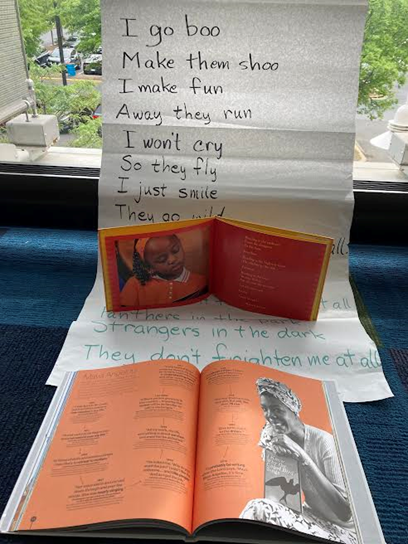

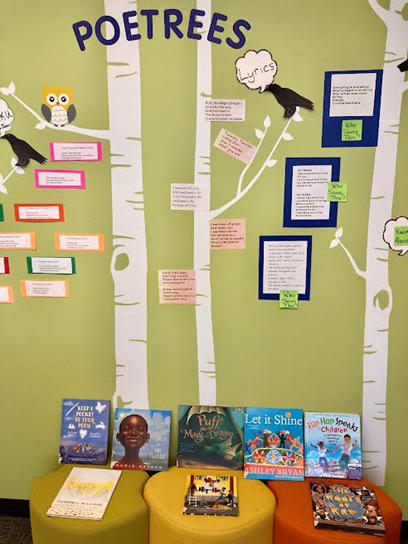







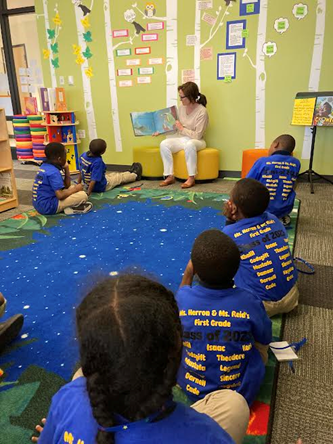



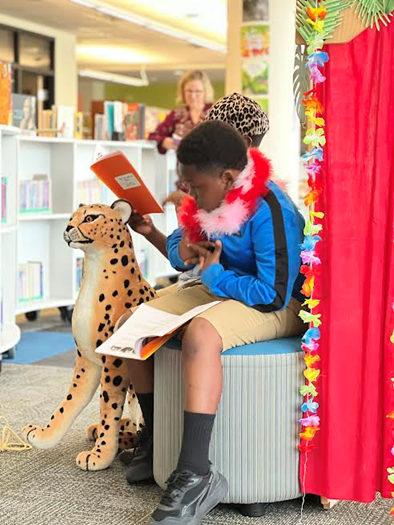

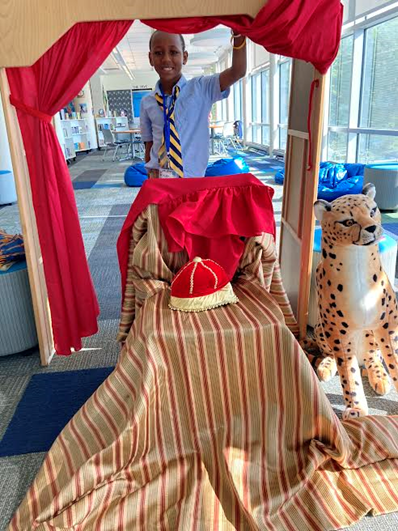







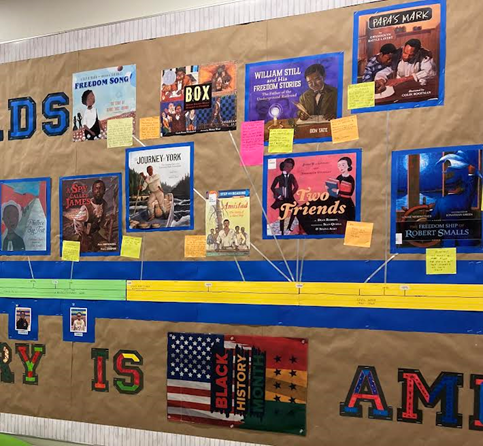

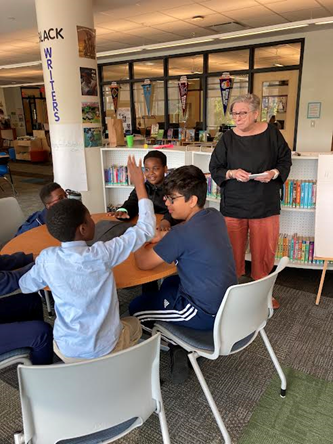



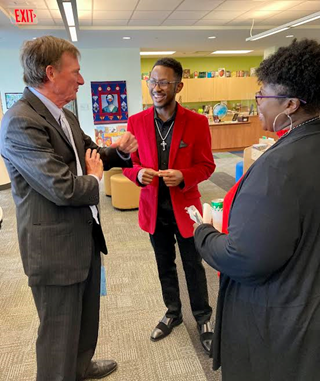





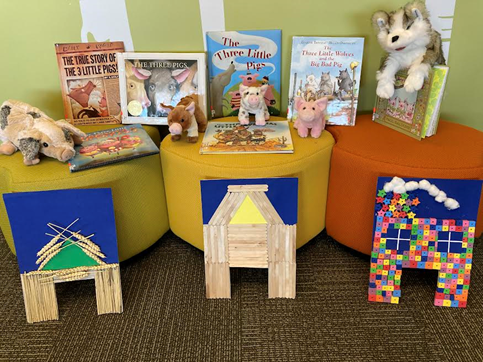

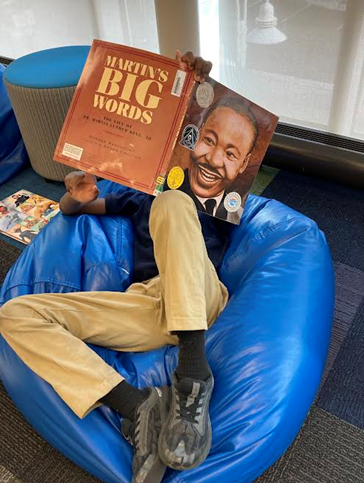

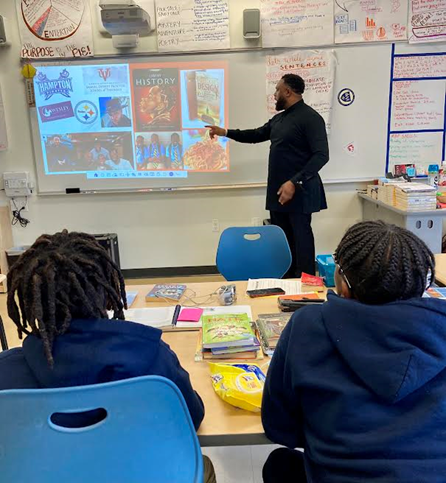



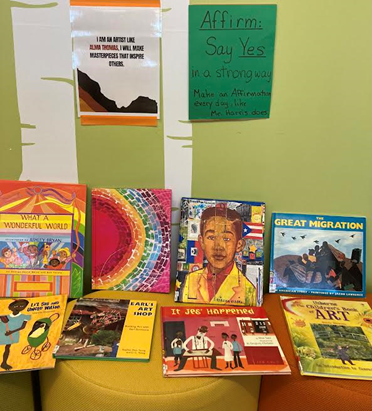


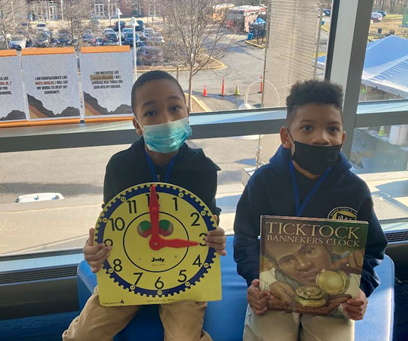

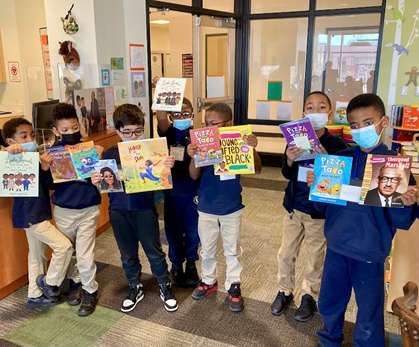





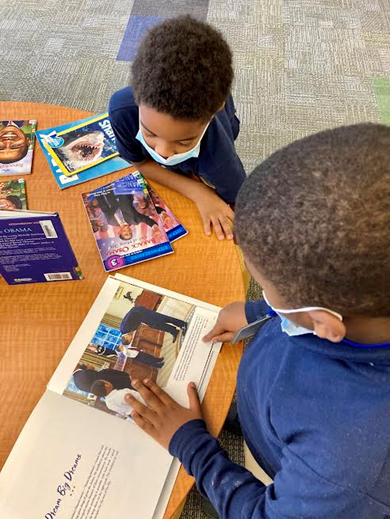

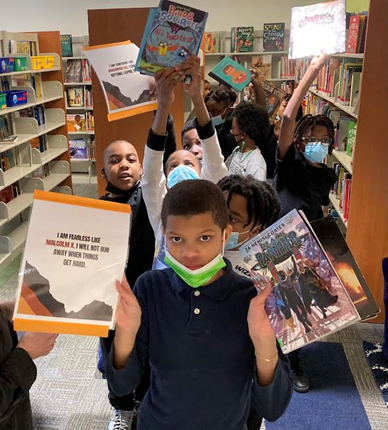









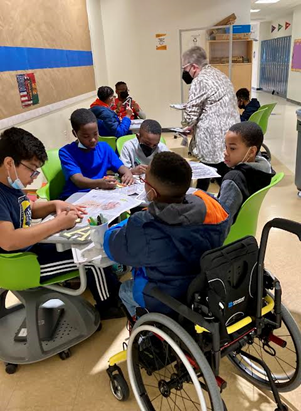



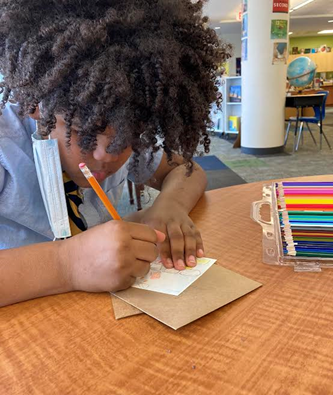





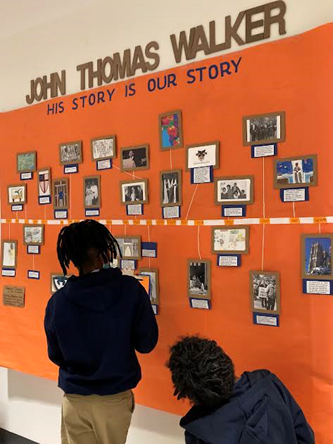

![shutterstock_1451946107-[Converted].gif](https://static.wixstatic.com/media/2beee2_5c20c07d7c2f4d7593676097a34809cc~mv2.gif)